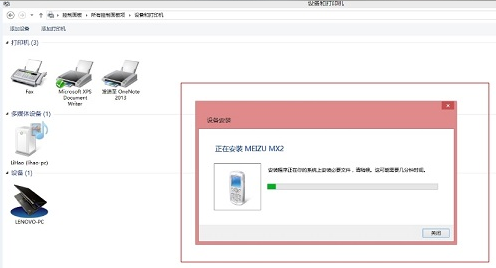Possible Duplicate:
What are the rules for Javascript's automatic semicolon insertion?
JavaScript befuddles me with its implicit line termination. It's a very C-like language, except that ending lines in a semi-colon is often optional.
So how does it decide when to assume an end-of-line?
Consider this example:
var x = 1 + 2
-3 + 3 == 0 ? alert('0') : alert('3')
Punching that into an HTML file and opening it in Safari popped up 3. If you stick a semicolon on the end of the first line, it changes to 0.
The algorithms and logic are all straightforward; what interests me is by what criteria JavaScript decided, in this instance, not to assume an end-of-line after the first line. Is it that it only waits for an error scenario before assuming an EOL? Or is there a more definite criteria?
I'm very curious. I haven't researched this much; I want to see what the S/O community has to say about it. I always end my lines with semicolons anyway, but I have some JS compression code that trips on the semicolon issue from time to time when I inadvertently leave one out.
Edit
OK just to clarify what the actual question is here: Can anybody describe, in non-abstract terms, when JavaScript will and won't automatically insert semi-colons.
This is NOT a duplicate. I'm aware that the rules for autmoatic semicolon insertion are well established and concisely documented. They're also long winded and confusing because they are generally abstract. In my experience, high level programmers don't digest low level documentation as well as simple end results, which is what I'm looking for.
If no one is interested, then I'll have a crack at answering myself when I get a chance. In the meantime, please leave the guns in the holsters for a couple of days. Thanks.
The ECMA specification (ch. 7.9.1, page 26) states:
There are three basic rules of
semicolon insertion:
- When, as the program is parsed from left to right, a token (called the
offending token) is encountered that
is not allowed by any production of
the grammar, then a semicolon is
automatically inserted before the
offending token if one or more of the
following conditions is true:
• The
offending token is separated from the
previous token by at least one
LineTerminator.
• The offending token
is }.
- When, as the program is parsed from left to right, the end of the input
stream of tokens is encountered and
the parser is unable to parse the
input token stream as a single
complete ECMAScript Program, then a
semicolon is automatically inserted at
the end of the input stream.
- When, as the program is parsed from left to right, a token is encountered
that is allowed by some production of
the grammar, but the production is a
restricted production and the token
would be the first token for a
terminal or nonterminal immediately
following the annotation “[no
LineTerminator here]” within the
restricted production (and therefore
such a token is called a restricted
token), and the restricted token is
separated from the previous token by
at least one LineTerminator, then a
semicolon is automatically inserted
before the restricted token.
I think this implementation has to do with the second point where:
var x = 1 + 2
-3 + 3 == 0 ? alert('0') : alert('3')
can be parsed as a single complete ECMAScript Program
Because it's not always clear how the parser will insert semi-colons, it's advisable to not leave it to the parser (i.e. always insert the semi-colons yourself).
In ch. 7.9.2 (Examples of Automatic Semicolon Insertion) of the same specs this example looks like your situation:
The source
a = b + c
(d + e).print()
is not transformed by automatic
semicolon insertion, because the
parenthesised expression that begins
the second line can be interpreted as
an argument list for a function call:
a = b + c(d + e).print()
Don't leave it to the compiler, always put semicolons at the end of statements.





